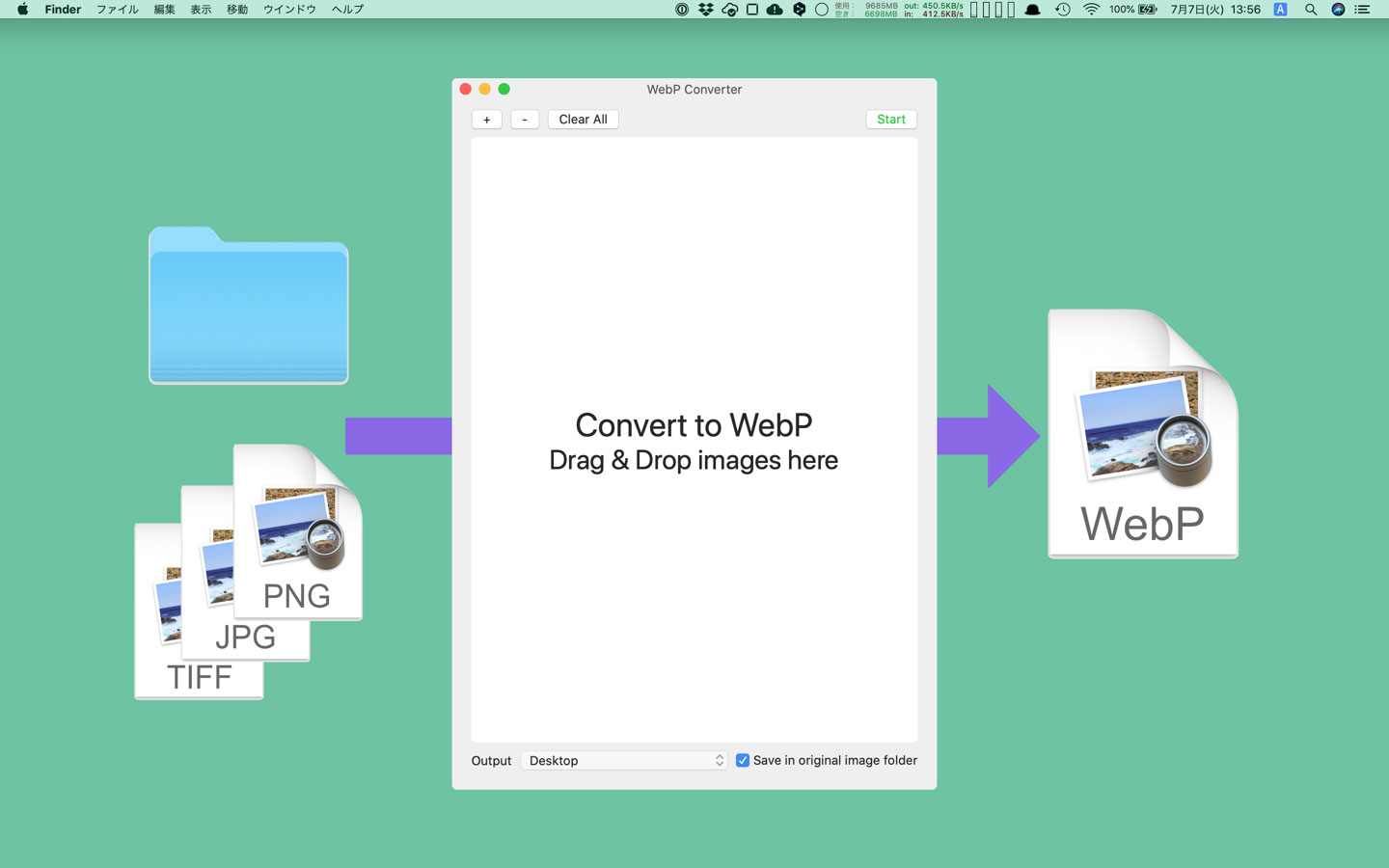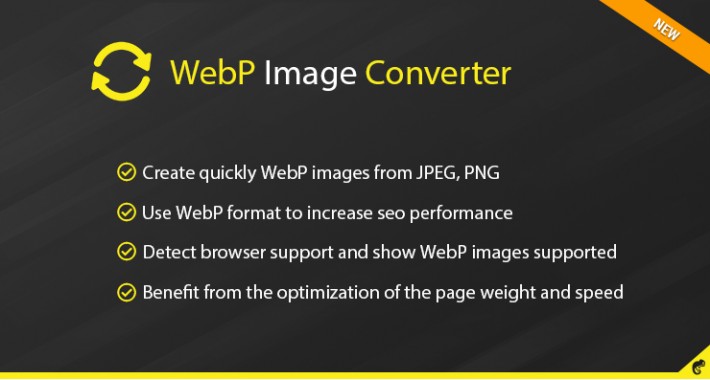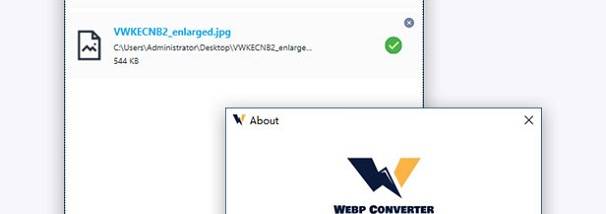

In the past, one issue with WebP was that it wasn’t supported by all web browsers. JPEG images, Google found that WebP images were around 25-34% smaller than the equivalent JPEG images.īasically, on average, you can expect that a WebP image will be around 25% smaller than the equivalent JPEG or PNG file. PNG images, Google found that WebP images were 26% smaller than the equivalent PNG images. JPG and PNGĪt this point, you might be wondering how the file size of a WebP image compares to an identical image in the JPEG or PNG formats.īack in 2011, Google ran some detailed comparison studies to assess this: WebP also supports transparency, which means you can use WebP for images that need transparent backgrounds (such as logos and icons). Lossy compression – lets you achieve big reductions in file size but at the cost of some image quality ( which may or may not be visible to the human eye).Lossless compression – lets you further shrink the file size of an image without changing its quality.Like JPEG, PNG, and GIF images, WebP supports both lossless and lossy compression: Instead of storing data for every single pixel in the image, WebP can use the values in neighboring blocks of pixels to “predict” the values in other blocks of pixels and only encode the difference.īecause there’s less information to store, WebP can offer smaller file sizes without changing the image. You can dive deep into the details of the format here if you’d like.Įssentially, WebP uses something called “predictive coding” to reduce the amount of information that it needs to store for an image. The specific compression technique that WebP uses is highly technical, so we’ll just summarize the basics below. What Makes WebP Images Different from Other Image Formats? Over time, support for the WebP image format has grown, and all major browsers now offer support for WebP images – more on that in a later section. It’s a similar idea to open-source software, which is what WordPress is. Google has added new features to it since that initial release and released it as an open format, which means that anyone can freely use the WebP format with no restrictions. The WebP format was developed by Google and originally launched back in September 2010.

In this post, you’ll learn everything you need to know about WebP, including how you can start using WebP images on your own WordPress site. This would result in happier site visitors, as your web page will load faster for them. Instead of adding that image as a JPEG file, you could upload it as a WebP file. For example, let’s say you want to include an image of your most recent vacation in the blog post that you’re writing. WordPress recently added support for the WebP image format, which means that your site can now start benefiting from it. If the world can reduce the size of image files on websites, loading websites will require less energy usage. Using WebP images also helps create a greener web because every byte of data requires energy to transfer and store. WebP’s image file sizes are considerably smaller than other image formats such as JPEG, PNG, and GIF, and this reduction in size causes no harm to your visitors’ experience. Smaller file sizes mean faster web page load times. WebP is a modern image file format that can reduce the file size of your images without changing their quality or resolution.

But another important detail is the file format of the images themselves – e.g., JPEG, PNG, or the focus of this post – WebP. There are a few common strategies for optimizing images for performance, such as resizing and compressing them. Now that certainly doesn’t mean you shouldn’t use images on your site, but it does mean that you need to pay a little extra attention to your images to make sure you’re optimizing them to avoid performance issues. Did you know that ranked as the fastest WordPress host in Review Signal’s 2021 test? That’s a huge win, but even the fastest host will encounter slower page speeds if that page includes enormous image files. And a larger file size means slower load times. The more images you use on a page, the larger that page’s file size will be. As they say, a picture is worth a thousand words.īut that engagement comes at a cost – file size. You probably recognize by now that using images on your website is a great way to break up long walls of text, and of course, images help keep your visitors engaged.


 0 kommentar(er)
0 kommentar(er)
